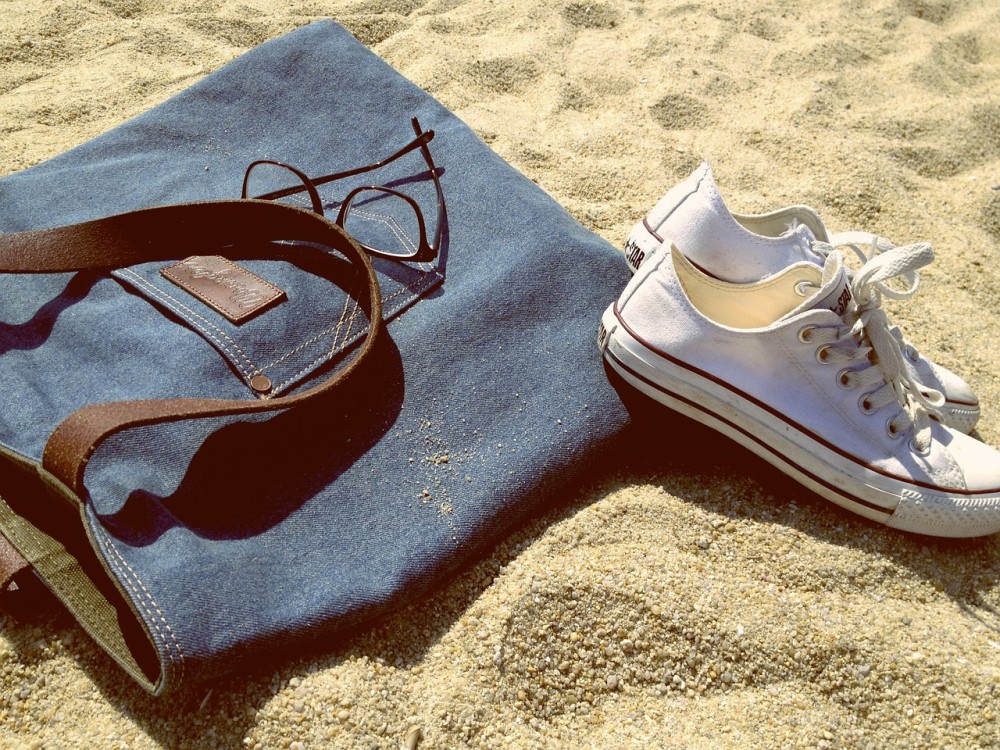3D sport shoes and other advancements in tech-wear
It took a little time to gain traction, but now, 3D printing is exploding into every sector. We’re seeing 3D printed, well, everything. Toys, instruments, masks, props — there’s even talk of 3D printing human body parts. That’s right— not just prosthetics. Actual limbs.
Well, the technology for printing arms and legs is still a work-in-progress, but in the meantime, we’re seeing some already sci-fi worthy innovations from 3D printing, particularly with wearable 3D printed goodies. We’ve teamed up with Frank Wright Shoes, an expert in footwear and supplier of a range of quality boots and shoes such as their black chukka boots, to look at the latest innovations in 3D sport shoes, as well as other tech-wear associated with the sector.
The benefits of 3D printing footwear
There’s so many ways in which 3D printing is perfect for footwear and sports wear in general. For starters, using 3D printing for prototyping and design cuts down the prototyping process. Plus, using the technology alongside 3D mapping and scanning will eventually allow for bespoke designs that will fit a wearer’s personal foot-based differences.
The very nature of 3D printing means that designs have even more scope too — according to Sculpteo, the technique allows for more “organic structures” in footwear design than a traditional process can do. Not only does this allow for shoes to be structured to the wearer, but it opens up all sorts of creative avenues for shoes!

3D printed running shoes
In April 2018, Nike revealed a world first; a pair of running shoes whose uppers were entirely 3D printed. The trainers were used by Keynan runner Eliud Kipchoge in the London Marathon this year, and they must have been comfy because he came first in the marathon. The shoe was designed based on the runner’s gait and foot form, resulting in a shoe that was quite literally a perfect fit. Nike also noted that the prototype process was far swifter than usual; the process was 16 times quicker, in fact.
In a rather different design, Reebok produced a pair of sports shoes called the Liquid Speed Shoes. Instead of the uppers being printed, the shoe has a “frame” printed through a BASF-created liquid. The frame is applied directly onto the trainer, resulting in a distinct, looping frame around the bottom and sides of the shoes. The frame is touted to make for a more comfortable fit, as well a high rebound when the sole of the shoe hits the ground.
Before one innovation is finished though, another seems to be right around the corner: Adidas announced that they had created a 4D trainer. How the shoe has harnessed the fourth dimension, we’re not yet sure — according to reports, Adidas notes the shoe uses “digital light projection” and “oxygen-permeable optics” in its creation.
3D printed volleyball shoes
Much like the 3D printed running shoes, 3D printed volleyball shoes allow for similar levels of innovation and user-specific designs. According to 3ders, Chinese company Peak Sport have manufactured the printed volleyball shoe with an emphasis on cushioning and flexibility. Due to the nature of volleyball, players are required to jump frequently and quickly to respond to the strike of a ball, so cushioning is vital for both an optimum jump — as well as to protect the player’s foot.
As well as this need for cushioning, the shoe needs to be lightweight. Thanks to 3D printing, the shoes can be made both sturdy and lightweight.
3D printed ballet shoes
Making ballet shoes has remained a rigidly traditional process. But while there’s a certain beauty to the craft, it would be difficult to say that it’s the most efficient, or even that it produces a fantastic product. The Royal Opera House reportedly uses a whopping 12,000 pairs of ballet shoes per season! The shoes don’t last long once the material at the toe wears away and exposes the toe box, and Dezeen notes traditional ballet shoes last around 10 hours.
For these short-lived shoes, ballet dancers often suffer:
- Dancer’s fracture — where small bones in the toes and feet break as a result of repeated foot movements.
- Trigger toe — as a result of dancing en pointe with their weight held on the big toe, ballet dancers are particularly susceptible to trigger toe. This causes the big toe to become locked up, and a clicking sensation when trying to move it.
- Bunions, blisters, and corns — a standard for ballet dancers whose feet are compressed in pointe shoes.
- Broken toes/feet — either from landing awkwardly or simply overwork, ballet shoes offer little protection.
If anything is due an upgrade in the sporting world, it’s the traditional ballet shoe. Designer Hadar Neeman took the lead and did just that, after seeing her dancer friends suffering foot injuries from practicing their art. With the aim of improving a ballet dancer’s quality of life, Neeman has developed a method in which the dancer’s foot is scanned (via a mobile app), and the foot-map transferred to a computer. From here, a sole is printed as a lightweight structure that curves to the dancer’s unique foot contours, with the fabric upper fixed. Finally, the tip of the shoe is cut using a shoemaker’s last that Neeman developed specifically for the project, named P-rouette.
Other wearable tech
When you think of advancements in sports technology, your mind might leap to high-end digital, futuristic designs. But sometimes, the simplest upgrades have the biggest benefits.
Mouthguards are a staple part of many sports, but now they’ve been given an extra purpose thanks to 3D-printing. Hydra-Guard is a 3D-printed mouthguard with an added pouch located in the roof plate of the guard. The refillable pouch can hold 0.6 oz of liquid, and when the athlete needs a quick drink during practice or a workout, all they need to do is suck on the mouthguard.
What’s next for sportswear, with the use of 3D-printing opening up so many possibilities? Not only will it be exciting to see what innovations are yet to come, it will also be interesting to see how sports rules at professional levels adapt to keep the playing field fair when apparel is being developed to help us be quicker or better-equipped to handle exhaustion.

